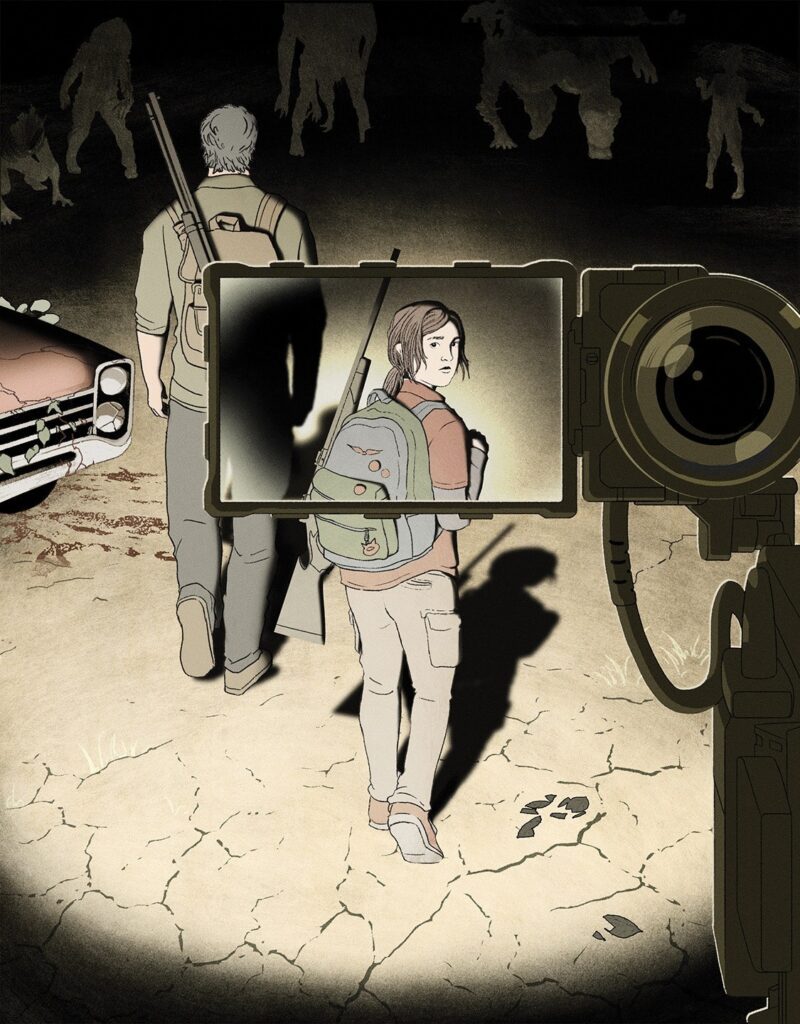Game development is a rapidly growing industry that has become an art form in its own right. It requires creativity and a clear vision to create immersive and engaging games that challenge, educate and entertain players. Game development starts with a concept guided by a game designer who creates a game design document outlining the game’s purpose, mechanics, story, characters, and other vital components. The art director visually conceptualizes the game world and ensures that all aspects of the game’s visuals are consistent and cohesive. Great storytelling, characters, game mechanics, and design are essential elements in game development to capture the players’ imagination and form a strong emotional connection with them.
The Artistic Vision behind Games: An Exploration of Creative Game Development
Gaming has become one of the fastest-growing industries in the world, with millions of people playing games every day. In this modern era, games are more than just entertainment; they can be considered as art forms. Games are created to entertain, educate, and challenge the player, while also providing an immersive experience that lets them explore new worlds, stories, or even new dimensions.
Origins of game development
Game development, like any other art form, requires creativity, diligence, and a clear vision. Game development has evolved tremendously from the early days of game development in the 1970s, where developers had limited resources and had to develop games with limited graphics, to the present day where game development has become a multi-billion dollar industry. As the industry has grown, so has the complexity and depth of games.
Conceptualization of games
Game development starts with a concept, an idea of what the game is going to be about. This idea is usually driven by the game designer who has a strong sense of what they want to achieve with the game. The game designer creates a game design document that outlines the game’s purpose, mechanics, story, characters, and other vital components. This document serves as the primary reference point that guides the development process.
The role of the art director in game development
The art director is responsible for visually conceptualizing the game world and bringing it to life. They work hand in hand with the game designer to ensure that the visuals are aligned with the game’s concept. The art director leads a team of artists, animators, and graphic designers and ensures that all aspects of the game’s visuals are consistent and cohesive. The art director plays a critical role in ensuring that the game world is immersive and visually stimulating to the player.
Developing the game story and characters
Game development heavily relies on great storytelling. The game story sets the tone and narrative for the game. Characters help bring the game’s story to life, capture the player’s imagination, and form a strong emotional connection with them. The game designer creates the game story, while the writing team brings it to life. Developers use writing techniques to capture the players’ attention and draw them into the game world.
Game mechanics and design
In game development, game mechanics refer to the rules, controls, and objectives of the game. The game’s design must align with the game mechanics to ensure that the player’s experience is seamless and engaging. The programmers use various game development tools and engines to design the game mechanics and create the game world. The art director and sound designers work in collaboration with the programming team to create an immersive and coherent experience for the player.
Conclusion
In conclusion, game development is an art form that requires a great deal of creativity and skill. The process of developing a game involves various disciplines, including art, writing, programming, game design, and sound design. The goal is to create an immersive and compelling experience that captivates the player and provides them with hours of enjoyment. Game development is a fascinating field that has grown tremendously over the past few decades and will continue to do so as long as there is a passion for creating engaging and innovative games.
